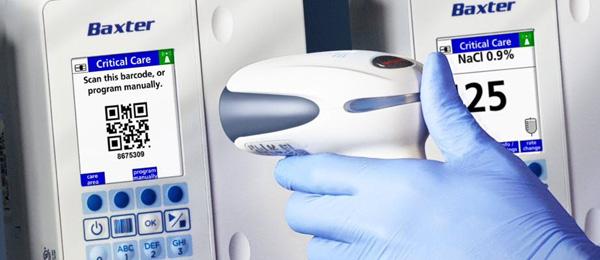Making the Most of Your Technology Investments
You’ve gone through a thorough evaluation process and chosen a new connected medical device or software solution for your healthcare organization. Now what?
Maximizing the value of your technology investments calls for a multi-faceted approach. From involving the right people to tailoring training programs and beyond, change management starts in a project’s earliest days and extends well beyond go-live.
Our teams know what it takes to help health systems make the most of their technology investments. We sat down with our own Najia Khawar, Senior Director, Project Management Office, and Ryan Hochworter, Head of Digital Solutions, to ask their advice.
Q: What best practices — and common pitfalls — have you seen in health systems when it comes to change management?

Khawar: “Alignment is key. Involve the right teams and the right leaders early on in a project. On our own, none of us can see the full picture of what will be required to implement any given technology. You don’t want to wait until you kick off a project to realize you need another person or team’s input. Do this discovery up front, so you can have the right resources and infrastructure in place from the beginning.”

Hochworter: “One common pitfall is trying to take on too much change at once. In the world of connected devices, there are so many integrations and features you can take advantage of: integrating with reporting, alarms, dashboards, smartphones, reminders, etc. That may be where you want to end up, but from a change management perspective, a staged roll-out might set you up for better adoption.
“One approach is to focus on one clinical initiative at a time. Want to help address falls? Let’s hone in on the features that can help address falls first, get everyone comfortable using them, and then move on to the next use-case.”
Q: How can hospitals plan for a successful training program with a new technology?

Hochworter: “First, when it comes to training, shorter is often better. Think about the short videos we watch online; they’re quick and easy to digest. Training can be the same: many small pieces, each focused on one specific goal.
“Next, remember that training isn’t a single point in time. Recurring training is important, especially for features you want your teams to use the most.
“Lastly, make sure to communicate how a given feature relates to the trainee’s job. Why are they learning this? What will it help them do better than they can do today? Give them a stake in the new workflow to help them understand the need for change.”
Q: How can organizations measure adoption of a new technology, and what can they do to improve it when needed?

Khawar: “Reporting is a powerful tool for measuring adoption — and, ideally, you should plan for it before roll-out, not after. Decide what metrics will be most useful for tracking your progress against a given initiative, and set up your reports accordingly. It’s easier to do this kind of planning before roll-out, rather than trying to back your way into it down the road.
“User surveys are another good way to go. It’s important to gather feedback early and often. If users are facing challenges, dig deeper to find out whether it’s a technology issue, a training issue or something else. Take all that feedback, act on it, and then survey again. When you gather feedback often, and take action on it, that’s when change management can become more exciting and less painful.”

Najia Khawar, Senior Director, Project Management Office
At Baxter, Najia leads a national PMO overseeing complex healthcare technology deployments across hospitals and health systems. With over 15 years of experience in healthcare operations and digital transformation, she specializes in professional services strategy, connected care implementations, and building high-impact partnerships with leading IDNs.



